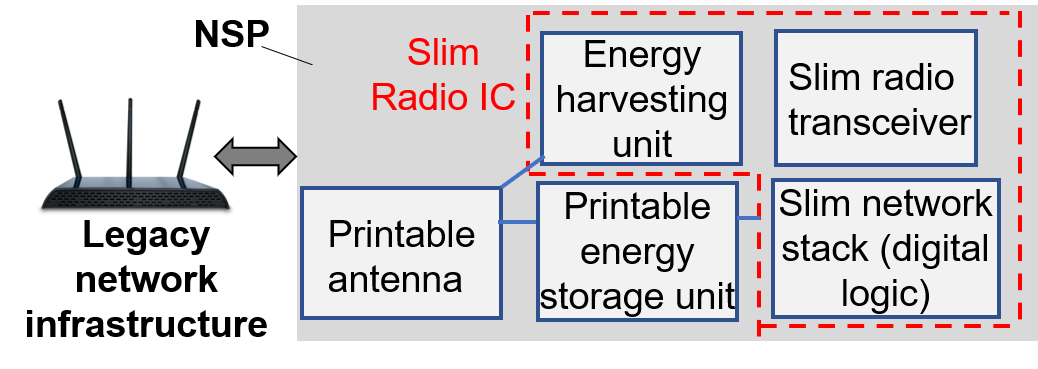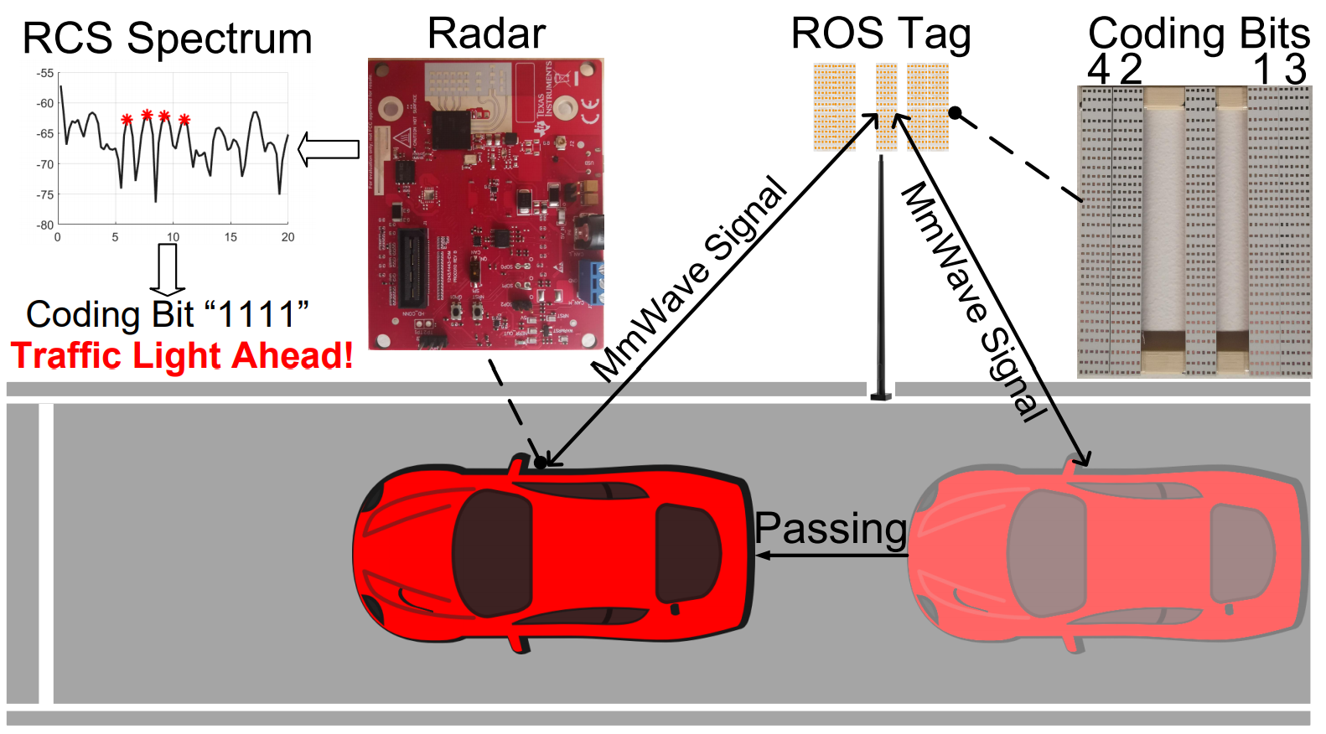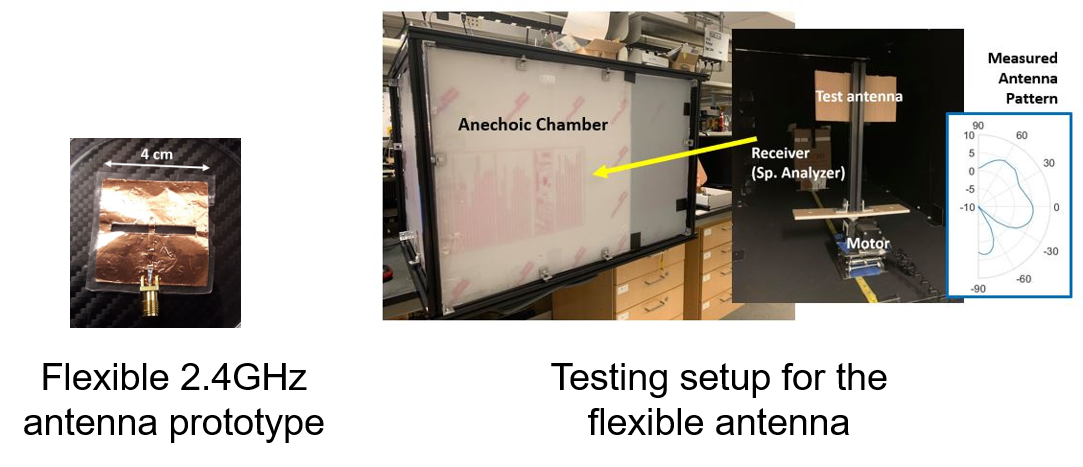Synopsis:
The goal of the NSP project is to explore fundamental communication and sensing technologies to transform the ordinary physical world into a connected, intelligent Internet of Things (IoT) ecosystem. Despite multiple generations of evolution, digital devices still demand substantial user involvement for battery charging and network setup, and current technologies are not yet ready to make everyday things connected and intelligent. To address the networking challenges, this project will design ultra-thin paper-like communication tags, composed of a mm-scale radio chip along with power harvesting unit, printable flexible antennas, and printable energy storage unit. The tag, referred to as Networked Smart Paper (NSP), can potentially be woven into clothes or attached on plain objects, thus encompassing humans or things into the IoT.
The NSP project aims to extend the IoT vision beyond the current-generation mobile devices, by addressing cross-disciplinary challenges in low-power RFIC, printable electronics, and wireless networking. It will renovate the IoT radio architecture and network protocol design, under the constraints of extremely low-power, extremely thin/flexible form-factor, and compatibility with the legacy network infrastructure. In particular, NSP explores a novel "slim radio" architecture, which adopts on-off-keying-like energy-efficient modulation, but remains compatible with the WiFi physical layer through signal waveform approximation. In addition, NSP will realize a slim network stack through association-free network management and application-specific addressing. NSP's ability to reuse the massive legacy WiFi infrastructure helps eliminate the deployment barrier that has been hindering IoT deployment.
In addition, NSP explores chip-level optimization for the slim radio architecture, aiming to achieve up to three orders of magnitude lower power consumption compared with legacy WiFi transceiver chips. Unlike existing passive radio architectures (e.g., Radio Frequency Identifier tags and backscatter), NSP supports channelization (thus enabling coexistence and frequency reuse); it can power both the communication and computation (network stack) operations, by scavenging and storing the energy from intermittent ambient radio frequency signals. The miniaturized radio chip, printable antenna and energy storage units together enable ultra-thin form factor, making NSP a truly wearable and attachable IoT device for humans and things.




